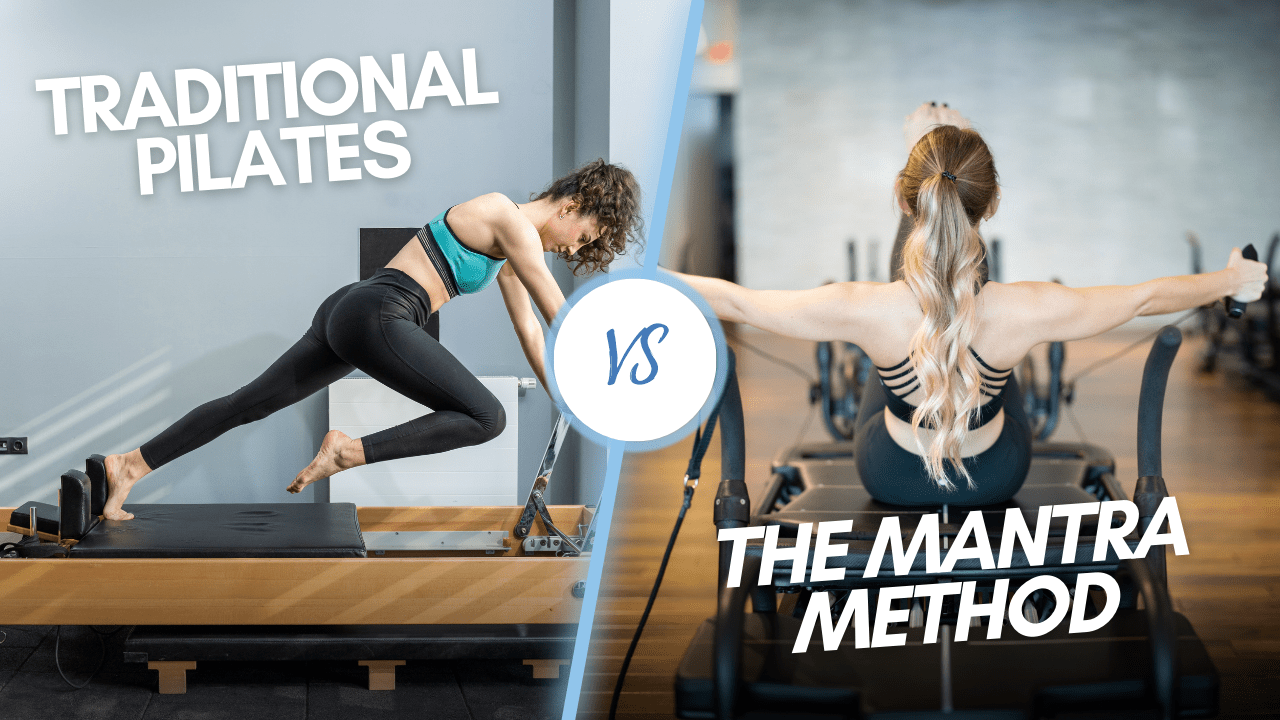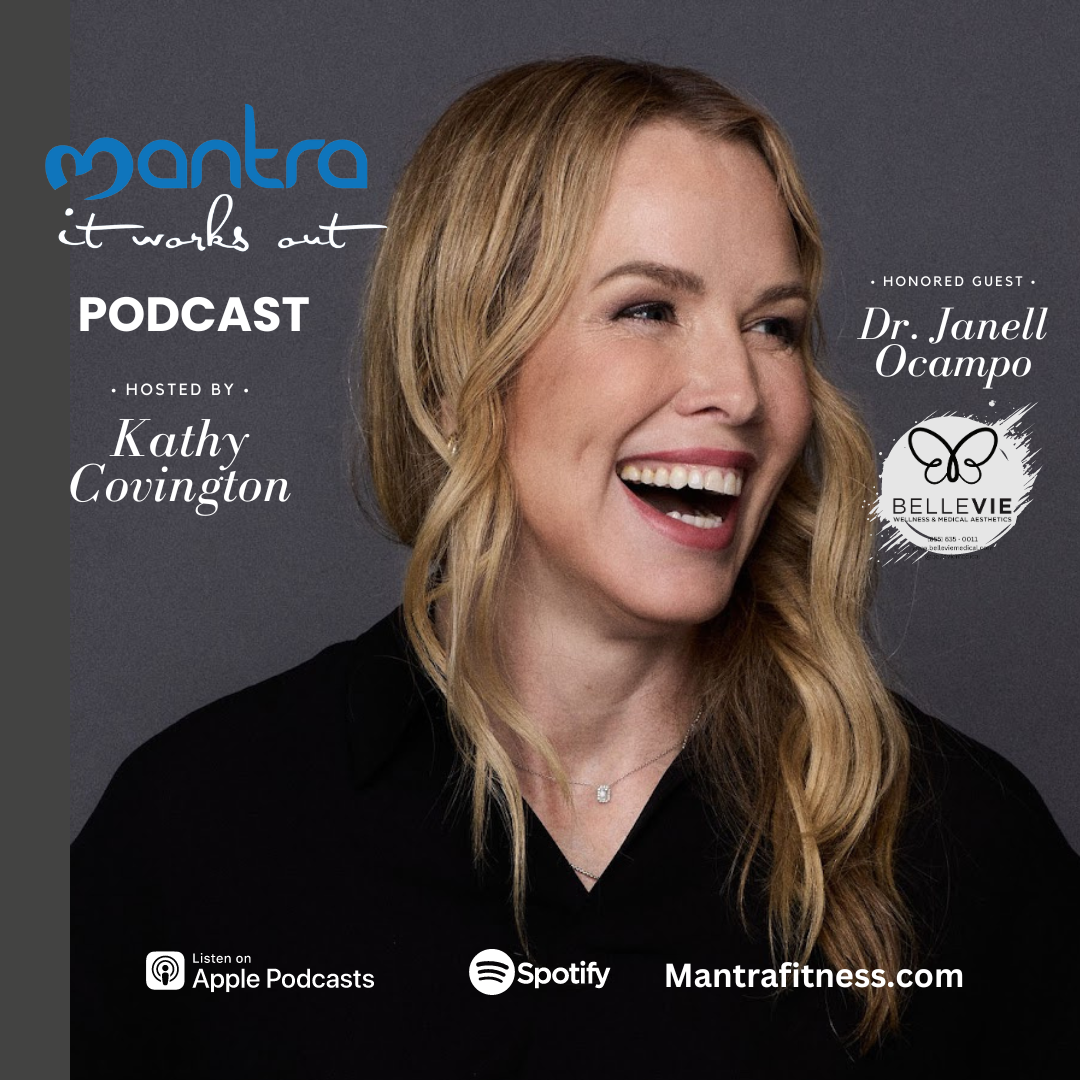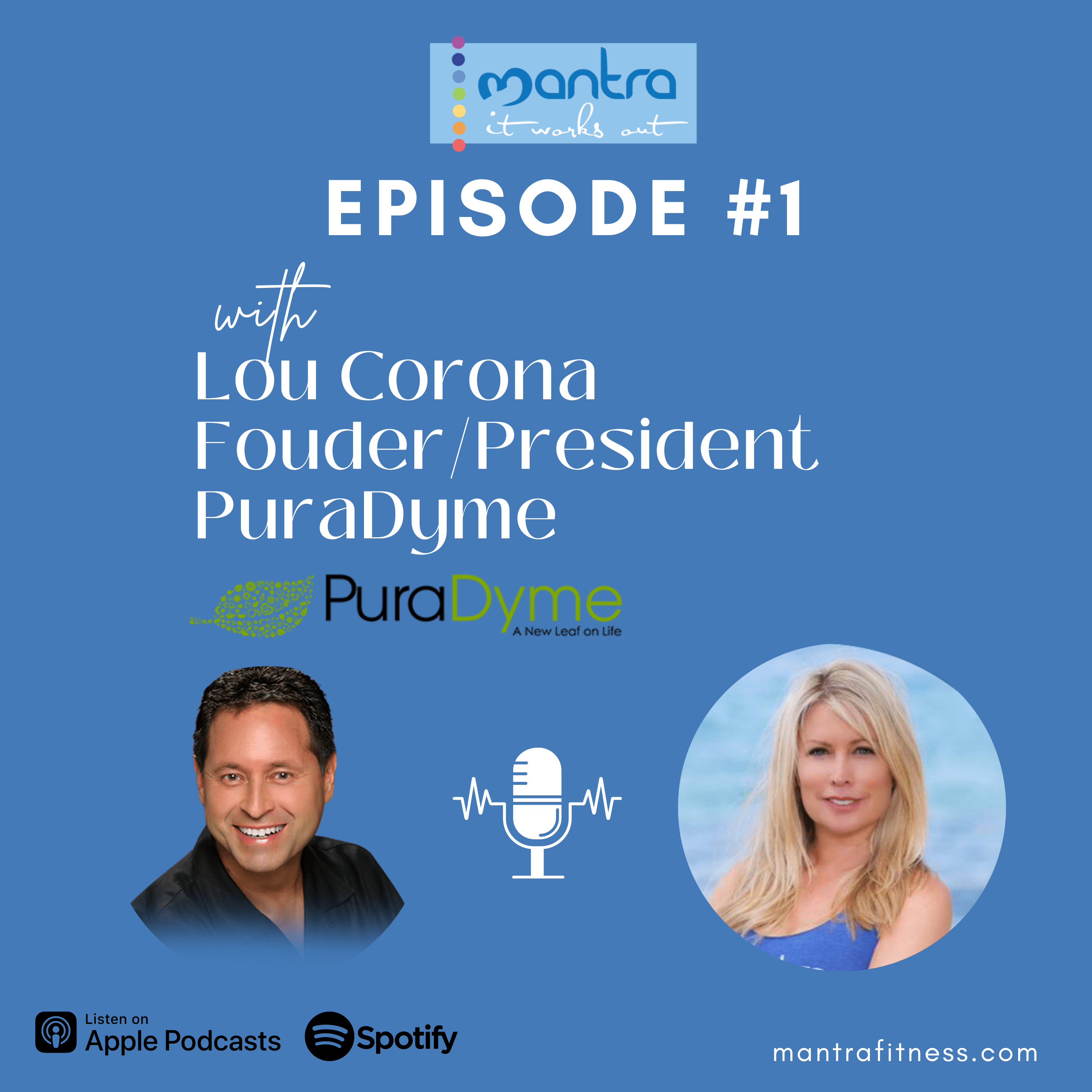In the realm of fitness, various exercise modalities aim to enhance strength, flexibility, and overall well-being. Among these, traditional Pilates and The Mantra Method stand out as prominent methodologies. While both practices contribute to improved physical fitness, they differ significantly in approach, intensity, and outcomes. In this blog post, we will explore the key distinctions between traditional Pilates and Mantra Fitness, shedding light on their unique features and helping you make an informed choice for your fitness journey.
Traditional Pilates: A Classic Approach
Created by Joseph Pilates in the early 20th century, Pilates has evolved over the years. It emphasizes core strength, flexibility, and mind-body connection. Traditional Pilates exercises are typically performed on a mat or specialized Pilates equipment such as the Reformer, Cadillac, or Wunda Chair. The fundamental principles of Pilates include breath control, concentration, centering, precision, flowing movement, and control. This form of exercise aims to improve posture, body awareness, and develop long, lean muscles.
Key Features of Traditional Pilates:
- Mind-Body Connection: Traditional Pilates focuses on the connection between mind and body, fostering mental focus and awareness during exercise.
- Core Strength and Stability: Core muscles, including the abdominals, back, and pelvis, are primary targets in traditional Pilates, aiming to develop strength and stability.
- Mindfulness and Empowerment: Traditional Pilates places emphasis on mindfulness, incorporating practices like breathwork and positive affirmations to foster a sense of empowerment and mental well-being.
- Low-Impact: Traditional Pilates exercises are generally low-impact, making them suitable for individuals with joint sensitivities or injuries.
- Controlled Movements: Pilates emphasizes deliberate and controlled movements, emphasizing precision and proper alignment.
Mantra Fitness: A Dynamic Approach
The Mantra Method is a contemporary workout method that combines elements of strength training, cardiovascular conditioning, and mindfulness. It integrates yoga-inspired movements, bodyweight exercises, and high-intensity interval training (HIIT) techniques. The aim of Mantra Fitness is to build strength, improve endurance, and foster a sense of mind-body connection through movement. With a focus on empowering individuals and cultivating a positive mindset, Mantra Fitness offers a dynamic and holistic fitness experience.
Key Features of Mantra Fitness
- Dynamic and Energetic: Mantra workouts are characterized by dynamic movements and high-energy exercises, creating a sense of vitality and excitement.
- Strength and Endurance: Mantra sessions incorporate strength training and HIIT elements, challenging the body’s muscular endurance and promoting overall strength.
- Flexibility and Balance: Mantra exercises incorporate stretching and lengthening movements, promoting improved flexibility and balance.
- Versatility and Adaptability: Mantra offers a range of exercises and modifications, making it accessible to individuals of various fitness levels and abilities.
- Full-Body Engagement: Mantra workouts engage multiple muscle groups simultaneously, promoting a comprehensive and balanced approach to fitness.
Choosing the Right Fitness Modality
When choosing between traditional Pilates and The Mantra Method, there is no definitive right or wrong choice. Both methods offer unique benefits and can be tailored to individual fitness goals and preferences. If you prefer a slower, mindful approach to exercise that emphasizes core strength, flexibility, and body awareness, traditional Pilates may be the ideal fit. On the other hand, if you seek a dynamic and energetic workout that combines strength training, mindfulness, and full-body engagement, Mantra might be more suitable.
Conclusion
Traditional Pilates and The Mantra Method offer distinct approaches to fitness, each with its own set of benefits and characteristics. Traditional Pilates focuses on core strength, flexibility, and mind-body connection, while Mantra offers a dynamic and holistic fitness experience that combines strength training, mindfulness, and full-body engagement. By understanding the key differences between these two modalities, you can make an informed decision and choose the one that aligns best with your fitness goals, interests, and preferences. Remember, the most important aspect is finding joy and sustainability in your fitness journey, regardless of the method you choose.



